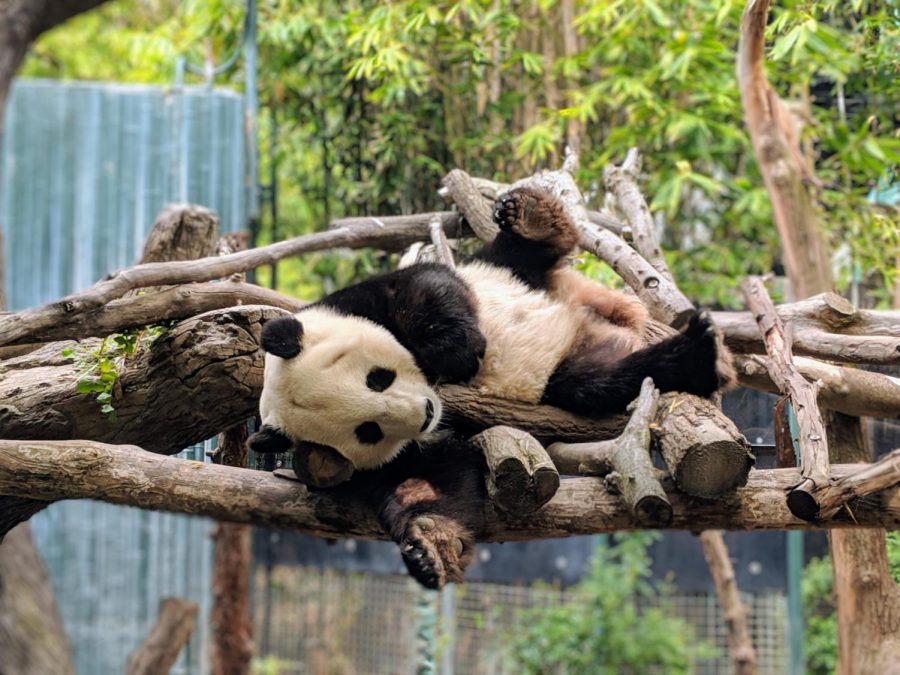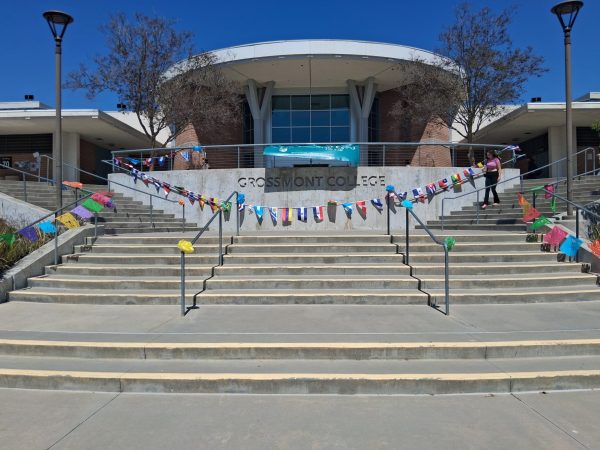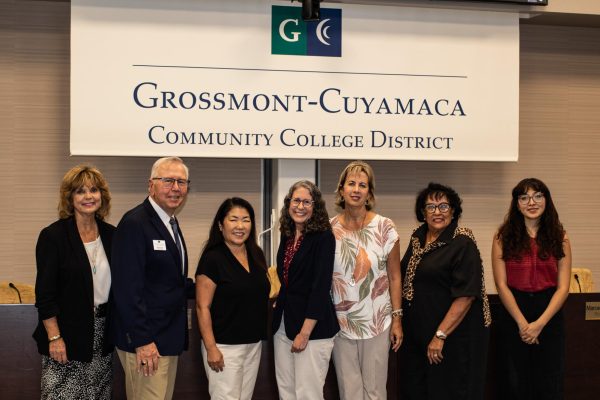San Diego Bids Farewell to Pandas
March 28, 2019
The San Diego Zoo is bidding farewell to their two great pandas, zoo officials announced Monday. The last day to visit the exhibit will be April 27.
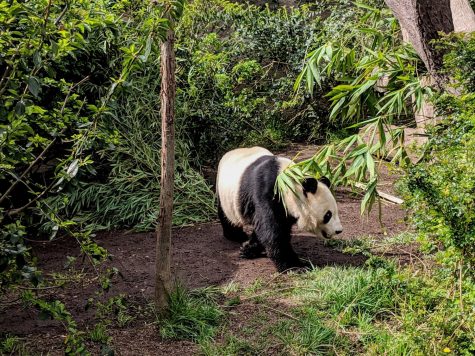
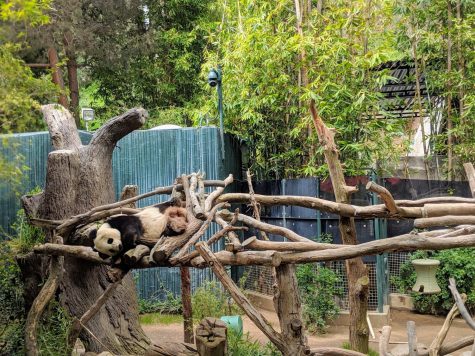
The pandas have been a favorite of San Diegans and tourists alike since their arrival to the zoo in 1996 as a part of a loan agreement with China to aid in research and conservation. San Diego’s longest panda resident, 27-year-old Bai Yun, has been at the zoo for more than two decades. She was sent with the hopes of being a research and breeding bear.
When Bai Yun arrived at the zoo, pandas were on the verge of extinction.
While at Bai Yun’s exhibit this morning, Panda expert Katie Wilcox further elaborated on this:
“We thought they were going to go extinct and we didn’t know anything about them.”
She continued: “We learned about behavior, reproduction, pregnancy, healthcare, courtship… All of those things about pandas we learned from this bear.”
Bai Yun successfully birthed six cubs during her time here. The youngest, Xiao Liwu, is now 6-years-old and the last of his brothers and sisters remaining in San Diego.
We aren’t sure yet where the pandas will be going, but Wilcox says they probably won’t be going back to the wild.
Wilcox stated: “Bai Yun is too old to go back to the wild.” Summarizing the lifespan of a panda in the wild is 15 to 18 years on average.
She continued: “And Xiao Liwu was born here so he hasn’t been fully prepared to return to the wild, so they will probably just go to one of their facilities over there .”
According to the website chinahighlights.com: Pandas are only native to a small part of west China, and China has been gifting and loaning giant pandas to other countries since the 1960s.
This is known as panda diplomacy, and it is the reason why Bai Yun is returning to China and why Xiao Liwu, who was born in San Diego, is also going to China.
A Brief History of Panda Diplomacy
The practice of panda diplomacy has a long history demonstrated through a case study by the University of Oxford: Diplomats and Refugees: Panda Diplomacy, Soft “Cuddly” Power, and the New Trajectory in Panda Conservation.
The study outlines this practice into three distinct phases.
According to this study, phase 1 began in the 1960s with China gifting pandas to other countries to “build strategic friendships.”
The shift to phase 2 started in 1984, which was the same year pandas were listed as an endangered species. The gifting of pandas was replaced by loaning. Zoos in nations that China saw as profitable markets for Chinese products were given the opportunity to lease pandas. This “rent-a-panda” program costs $50,000 per month, per panda, and stirred controversy over animal welfare and conservation concerns.
The Convention of International Trade in Endangered Species constituted: panda trade should only be permitted to aid in the survival and propagation of the bears or other scientific reasons. In response, China abandoned short-term panda loans in 1991.
In their place they implemented a long-term loan system, proposed by Chinese and Western conservationists to allow breeding and used lease fees to finance a panda management plan.
Phase 3 was initiated after 2008 when an earthquake in Sichuan, China permanently destroyed 656 square kilometers of it’s panda habitat, and affected 67 percent of the habitat overall. This includes inside nature reserves, which were also badly damaged.
Panda loans became a crucial source of funds to aid in the rebuilding of these reserves.
In this current phase: The loan agreements are seen as an expression of guanxi. Guanxi is used to describe a regular, voluntary exchange of favors in order to promote trusting, loyal relationships; according to the case study.
China is essentially sharing the beloved bears to foster relationships with countries with valuable technology and resources.
In other words, these pandas were never ours to keep. The circumstances of Bai Yun and Xiao Liwu’s departure aren’t political whatsoever. Pandas are no longer as endangered as they once were. Due to this and the fact that Bai Yun is post-reproductive, meaning she can no longer breed, there isn’t really any purpose to extending her stay in San Diego. Also, part of San Diego Zoo’s loan agreement included the cubs being sent to China once they reached 5-years-old. Xiao Liwu is well past that age, and San Diego was fortunate to keep him for nearly seven years.
Their departure marks the end of a unique San Diego experience.
As Wilcox put it: “We are definitely going to miss them but we are also excited for what this means for the future of giant pandas.”


